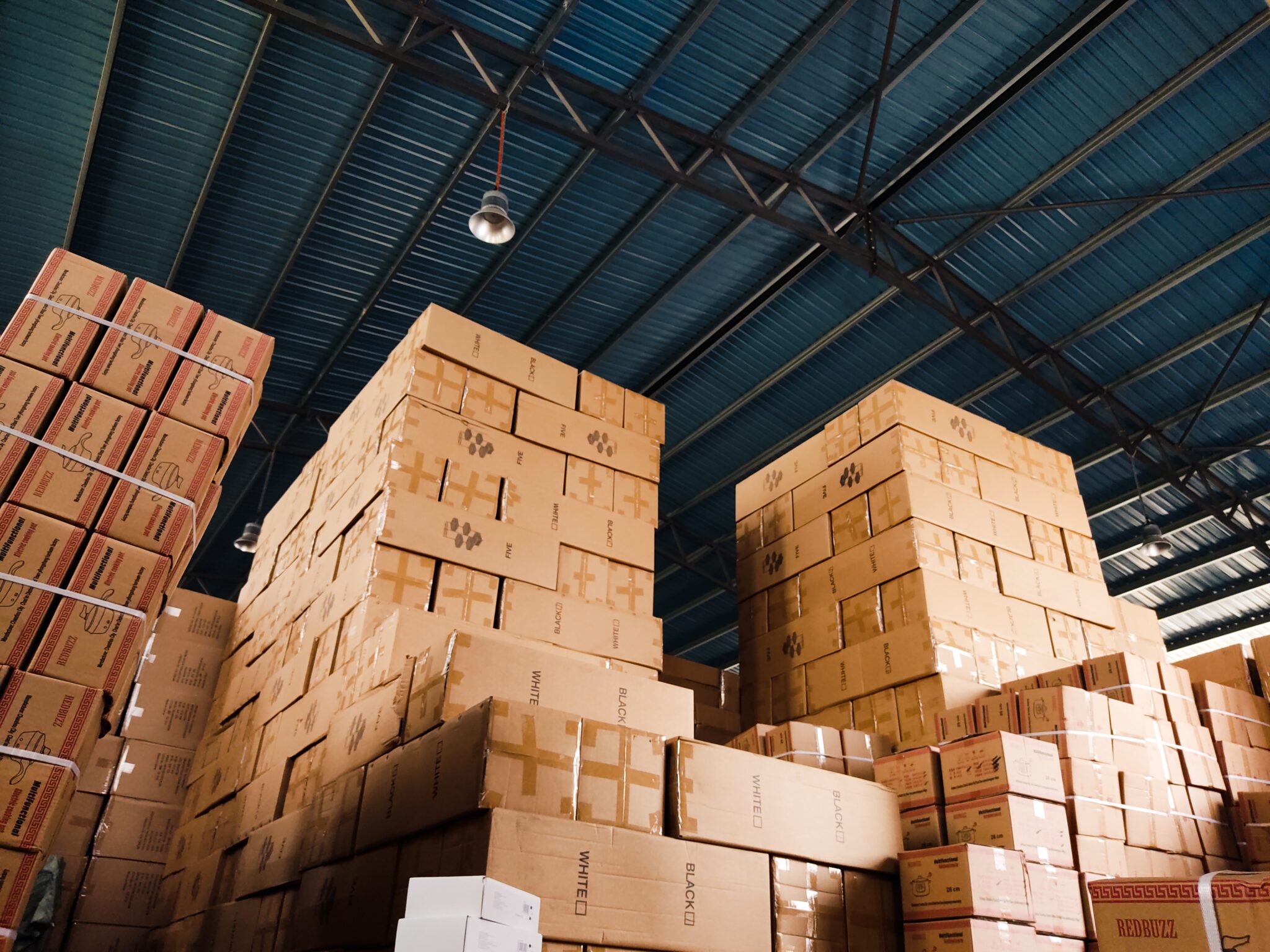Learn how to sell wholesale on Amazon? Read here to know more.
Selling things on the Internet has been a successful business during the last decade, especially with the advent of the pandemic. Along with it, Amazon has grown into a strong platform that benefits both buyers and merchants.
According to statistics, third-party vendors sold 56% of paid products in the second quarter of 2022, demonstrating the platform’s sales reach.
Being a successful Amazon wholesale seller, on the other hand, does not happen fast. When you start selling things on Amazon, you’ll have to make a lot of decisions about how your business will operate.
Purchasing bulk branded items from another manufacturer, supplier, or distributor to resale to customers is known as wholesale. Popular consumer gadgets, cookware, and even popular toys are examples.
Selling wholesale on Amazon in 2022 is a rich business prospect, but there’s a lot to learn beforehand. This article discusses the advantages and disadvantages of the wholesale business model, as well as step-by-step directions for getting your business up and operating on Amazon.
What Is the Difference Between Amazon Wholesale and Amazon Selling?

Rather than building your own brand to market, as an Amazon Wholesaler, you will purchase current branded items in quantity.
Advantage: You won’t have to waste time generating unique product listings because you can simply add your items to current Amazon listings.
One disadvantage is that you are at the mercy of the original product listings, which may or may not rank well.
Arbitrage vs. Wholesale
Wholesale and retail/online arbitrage vary in that wholesale involves buying in bulk and directly negotiating pricing with manufacturers or suppliers. Arbitrage vendors acquire things at a discount from retailers and resell them on own websites.
Pros: Directly negotiating with suppliers boosts your chances of obtaining better collaboration terms and lower inventory pricing.
Cons: To get the greatest pricing from wholesale vendors, you’ll need to be a master negotiator.
Dropshipping vs. Wholesale
Dropshipping allows you to sell things by ordering them from a third party and having them shipped straight to the client. As a result, none of your orders is ever stored, packed, or fulfilled. Because you are a provider, unlike Dropshipping, the Amazon wholesale model does not require a third party.
Pros: You have complete control over your inventory, orders, and delivery.
Cons: Order fulfillment and customer support might be time-consuming if you don’t have any workers (but you may consider the Amazon FBA model if the characteristics of your products allow for it).
Private Label vs. Wholesale
The key distinction between a private label seller and a wholesaler is that as a private label seller, you’re seeking for the finest manufacturer to help you realize your company idea. Furthermore, you are almost always attempting to improve or change an existing product on the marketplace.
Instead of building your own brand, you use the wholesale technique to buy current branded things in quantity.
Pros: You don’t have to waste time developing listings because you can just add your items to existing Amazon listings.
Cons: Your options are confined to primary product listings, which may or may not be well-ranked.
Conclusion: How to sell wholesale on Amazon?
Starting a wholesale business on Amazon is unquestionably a viable business concept with enormous potential. Conducting adequate research, properly negotiating with manufacturers, and developing a great seller image on Amazon are the keys to success.
It takes time to research products and suppliers, but the time invested on discovering a fantastic product supported by a major wholesaler is well worth it.
